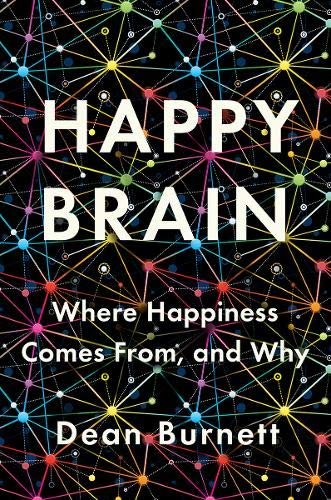Lecture 4:
The Brain and the Shared Cultural Dream:
Your Reality is One of Your Brain’s Own Creation
“We suffer more often in imagination than in reality.”
-Seneca
First thing’s first. The reality you are experiencing right now is only a facsimile, a best guess, of the reality that is. Whether you’re imagining future events or ruminating on past experiences, chances are, we all have several filters (beliefs, habits, fears, and attachments) that block us from living in this very moment. Although most of these filters were conditioned in us over the course of our lives, from family, friends, and culture - ultimately, how we experience reality is our choice. Ever wonder why a person who often complains seems to be miserable? If your mind is conditioned to apply negative filters, you experience a negative world, whether that is consciously recognized or not. It is up to us to sit down, calm ourselves, and simply ask, “Is my world real?” If not, how can I change it to become more so? How can I skillfully and fully engage with what is - instead of what I wish to be or have been taught to believe?
Our brains are not as full-proof to decipher between actual reality and an imagined experience as we entrust them to be. Consider a simple example: You are swimming in the ocean and you believe you see a shark approaching. Your body immediately switches to Fight/Flight/Freeze response and you’re flushed with anxiety. But upon further inspection of the dorsal fin you realize it is actually a dolphin. You slowly relax and enjoy the beautiful moment. Our brains are programmed to make rapid best guesses - to keep us safe. But it is our conscious, thinking minds, that need to question these best guesses so that we can live with the beauty of the world, and not just our fears and anxieties.
Learning Objectives:
Everything we sense, feel, and think comes from the activity of 86 billion neurons
Through evolution, our brains developed a model of the world that needs to move fast, so we developed an inclination to make “best guesses” causing us to make distorted assumptions in order to fill gaps in real reality, making our experienced reality untrue; these “best guesses” are quite literally illusions
Illusions aren’t just sensory, they’re also emotional, and a huge part of our belief systems, and thus strongly influence how we engage with the world
We live in an “inner world” that is not fully real – major sources of stress come from real reality not meeting our expectations and what we believe the world should be or is
Working on how we react to reality instead of passively seeing it and making assumptions is much more productive towards long-term happiness than the false mentality that we can “control” our external reality and change it to meet illusory internal expectations
Putting Happiness into Practice:
Weekly Activity:
Discover Your Inner Strengths!
Go here and take the inner strength survey.
Write down in your journal your top strengths and use at least one of them each day over the next week. Write in your journal how you used your inner strengths and how you may help them grow.
Making the best of your talents and inner strengths facilitates peoples life satisfaction and feelings of useful engagement in work/school.
Read
You can purchase Happy Brain here and read “Chapter 1: Happiness in the Brain”
-
BOOKS
The Four Agreements - Don Miguel Ruiz — purchase here
Thinking Fast and Slow - Daniel Kahneman — purchase here
The Brain that Changes Itself - Norman Doidge — purchase here
Change Your Mind, Change Your Brain - Sharon Begley — purchase here
POPULAR SOURCES
“8 Ways Your Perception of Reality is Skewed” - Greater Good
“‘Reality’ is constructed by your brain. Here’s what that means, and why it matters.” - Wu Tsai Neurosciences Institute Stanford University
“The Neuroscience of Reality” - Scientific American
“Mind the Gap” - Scientific American
“Everyone’s Reality is Different, and Here’s Why That’s Important” - Medium
“This Optical Illusion Has a Revelation About Your Brain and Eyes” - NY Times
Watch
-
The Neuroscience of Perception - Future of StoryTelling
Is reality real? These neuroscientists don’t think so - Big Think
Time: Do the past, present, and future exist all at once? - Big Think
Does time exist? - Andrew Zimmerman Jones
Listen
-
“Catch Yourself in a Dream” - The Science of Happiness
“How to Deal with Uncertainty” - The Science of Happiness
“Can You Predict What Will Make You Happy?” - The Science of Happiness
“The Power of Belief” - SelfHealers Soundboard



